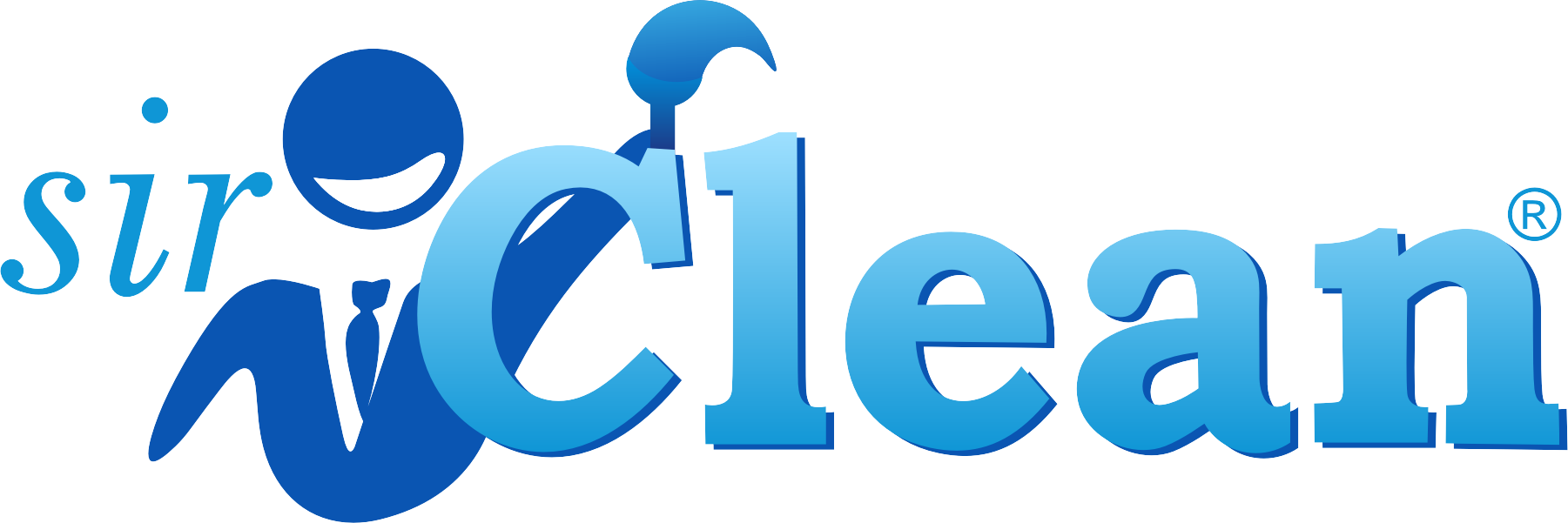Mold is a common problem in homes and businesses, and addressing it quickly is crucial to prevent health issues and property damage. But when mold appears, should you try to remove it yourself or call a professional? The answer depends on several factors, including the size of the mold growth, its location, and potential health risks.
In this guide, we’ll break down the pros and cons of DIY mold removal versus hiring a professional mold remediation company, so you can make an informed decision.
When is DIY Mold Removal a Good Option?
DIY mold removal can be effective in small, contained cases, but it requires the right approach to avoid making the problem worse. Here’s when DIY might work:
✅ Small Mold Growth (Less than 10 Square Feet)
If the mold is limited to a small area (e.g., a section of bathroom tiles or under the sink), you can likely handle it yourself.
✅ Non-Porous Surfaces (Tile, Glass, Metal, etc.)
Mold on hard surfaces is easier to clean because it doesn’t penetrate deeply.
✅ No Signs of Water Damage or Leaks
If the mold is simply due to humidity and there’s no underlying leak or water intrusion, DIY removal may be sufficient.
✅ No Health Sensitivities in the Household
If no one in your home or workplace has allergies, asthma, or immune system issues, DIY mold cleanup may be a safer option.
How to Remove Mold Safely on Your Own
If your situation fits the criteria for DIY mold removal, follow these safety steps to prevent spreading spores:
1. Wear Protective Gear
- N95 mask to prevent inhalation of spores
- Gloves and goggles to protect skin and eyes
- Long-sleeved clothing to reduce exposure
2. Isolate the Area
- Turn off HVAC systems to prevent mold spores from spreading.
- Use plastic sheeting or towels to seal off doors and vents.
3. Use the Right Cleaning Solution
- White vinegar: Natural, kills most mold types.
- Hydrogen peroxide (3%): Effective for killing mold and disinfecting.
- Specialized mold removers: Found at hardware stores for stubborn mold.
- Avoid bleach! It only removes surface mold and does not kill deep-rooted spores.
4. Scrub & Remove Mold Completely
- Use a stiff-bristle brush for cleaning.
- Discard any mold-infested porous materials like carpet, drywall, or ceiling tiles.
5. Dry the Area Completely
- Use fans and dehumidifiers to remove excess moisture.
- Keep humidity below 50% to prevent mold from returning.
When Should You Call a Professional Mold Remediation Service?
Even if you’re confident in DIY methods, there are cases where professional mold remediation is necessary. Here’s when you should never attempt to remove mold yourself:
❌ Mold Covers a Large Area (Over 10 Square Feet)
Extensive mold growth usually indicates a deeper issue, such as hidden leaks, moisture buildup, or contaminated materials.
❌ Mold is Inside Walls, HVAC Systems, or Air Ducts
If mold is growing behind drywall, under floors, or inside ventilation systems, a professional is needed to contain and remove it without spreading spores.
❌ Recurrent Mold Growth (Despite Previous Cleaning)
If mold keeps returning, the root cause hasn’t been addressed—whether it’s a leak, high humidity, or improper cleanup.
❌ You Notice Musty Odors but Can’t See the Mold
A persistent musty smell often indicates hidden mold growth. Professionals can conduct mold assessments using moisture meters and infrared cameras.
❌ Health Issues are Present in the Home or Workplace
People with asthma, allergies, respiratory conditions, or weakened immune systems should avoid exposure. Professional mold remediation ensures thorough removal and air filtration to eliminate spores.
Benefits of Hiring a Professional Mold Remediation Company
Hiring a licensed mold remediation company like Sir Clean ensures mold is removed safely, effectively, and permanently. Here’s what professionals do that DIY methods can’t:
🔹 Containment to Prevent Spreading
Professionals use negative air pressure and sealed barriers to contain mold and prevent cross-contamination.
🔹 HEPA Air Filtration & Vacuuming
High-efficiency particulate air (HEPA) filters capture microscopic mold spores from the air, reducing exposure.
🔹 Safe Removal of Contaminated Materials
Porous materials like drywall, insulation, and carpeting are safely removed and disposed of according to industry regulations.
🔹 Use of Professional-Grade Antimicrobial Treatments
Mold specialists use eco-friendly, VOC-free treatments to eliminate mold at its root.
🔹 Moisture Control & Prevention Strategies
Professionals don’t just remove mold—they find and fix the underlying moisture problem to prevent regrowth.
DIY vs. Professional Mold Remediation: Quick Comparison
| Factor | DIY Mold Removal | Professional Mold Remediation |
|---|---|---|
| Size of Affected Area | Small (less than 10 sq. ft.) | Large (more than 10 sq. ft.) |
| Mold Location | Non-porous surfaces | Inside walls, HVAC, or air ducts |
| Safety Risks | Moderate | Low (due to containment and filtration) |
| Chance of Recurrence | High if moisture isn’t fixed | Low (full remediation & moisture control) |
| Equipment Needed | Basic cleaning tools | HEPA vacuums, air scrubbers, negative pressure systems |
| Best For | Minor surface mold | Severe mold infestations & hidden growth |
Final Verdict: Which One is Right for You?
If you’re dealing with small, surface-level mold, a DIY approach might be a temporary fix. However, if mold is widespread, hidden, or recurrent, hiring a certified mold remediation expert like Sir Clean is the safest and most effective option.
Ignoring or improperly treating mold can lead to health issues, property damage, and costly repairs down the line. If you’re unsure about your situation, it’s always best to schedule a professional mold inspection.
Need Professional Mold Remediation? Contact Sir Clean Today!
At Sir Clean, we specialize in safe and effective mold remediation, air quality improvement, and moisture control.
📞 833-US-CLEAN | 🌐 www.sirclean.com
Let’s restore your home or business the right way! 🚀
Tag: #MoldRemediationTips


Comments are closed